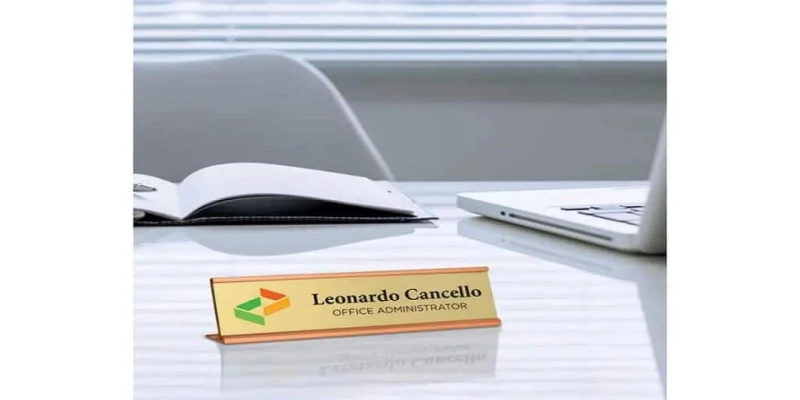There are 101 ways (more, really) to get in line with the green movement that’s aiming to minimize humanity’s global carbon footprint and combat climate change - and they’re not all aimed at home.
Some of these practices are custom-made for office living, so you can help your office go greener with the following tips and ideas.
Ditch Single-Use Paper and Plastics
Single-use papers and plastics, like plastic flatware, paper plates, plastic water bottles, napkins, and paper towels, do nothing but clutter up waterways and landfills at the end of the day.
Either stop using them entirely or switch to compostable, recyclable options that are easier on the environment.
Consider a Bottle-Less Water Dispenser
In line with the first suggestion, if your company stops offering plastic cups or water bottles, consider a bottle-less water cooler that will offer refreshment while simultaneously encouraging the use of reusable water bottles.
Invest in Green Cleaning
Traditional cleaning agents (like soaps and detergents) are harsh on fixtures and can be toxic when released into waterways. Similarly, traditional synthetic sponges end up in landfills at the end of their usable lifespans.
Opt instead for green cleaning agents like vegetable oil soap or castile soap, which can be effective yet gentle, and recyclable cleaning products, like fiber sponges.
Start Using Recycled Paper
Some things must be printed; use recycled paper for these!
Or Use Paperless Solutions
Better yet, consider upgrading your workforce with technology that will make them more efficient and greener, like tablets, instead of notepads, pens, and paper.
Switch to Personalized Metal Name Signs (or Badges)
Is your office still using paper name badges or plastic name signs? Switch to personalized metal name signs or metal, bamboo, or HDPE name badges.
Materials like steel, aluminum, HDPE, and bamboo are not only sustainable, they are all either recyclable or renewable - anything to keep paper and unsustainable synthetics out of landfills.
Scale Back Heating and Cooling
Heating and cooling collectively add substantially to an office space’s carbon emissions. A good practice is to leave these systems off at night - but you can also make do with setting them a few degrees lower in the winter or higher in the summer.
There’s another bonus here: your office will save money!
Take Advantage of Natural Light
Where possible, open the shades and let in natural light. This can save you on electrical lighting costs - and in the winter, letting in light can also potentially help warm up a space (depending on the size, orientation, and technology of the window).
Upgrade to LEDs
According to energy.gov, LED light bulbs can be as much as 75% more efficient (and last up to 25 times longer) than incandescent bulbs.
Better yet, there are LED retrofits that will work with incandescent, halogen, and even fluorescent fixtures.
So while it might cost you a bit in the short run, you’ll almost definitely save money (and carbon emissions) in the long run.
(LEDs also produce less heat as a byproduct, which can help with cooling costs in the summer.)
Turn Off the Electronics Every Night
Finally, it might be a good idea to implement a company policy of shutting down all electronics in the evening before everyone goes home. This can save you on lighting, heating, cooling, and electrical infrastructure costs while no one is in the office.
And it’s the perfect capstone for a greener office plan.
For more information about Custom Desk Name Plates and Lanyard Name Tags Please visit: Imprint Plus.



